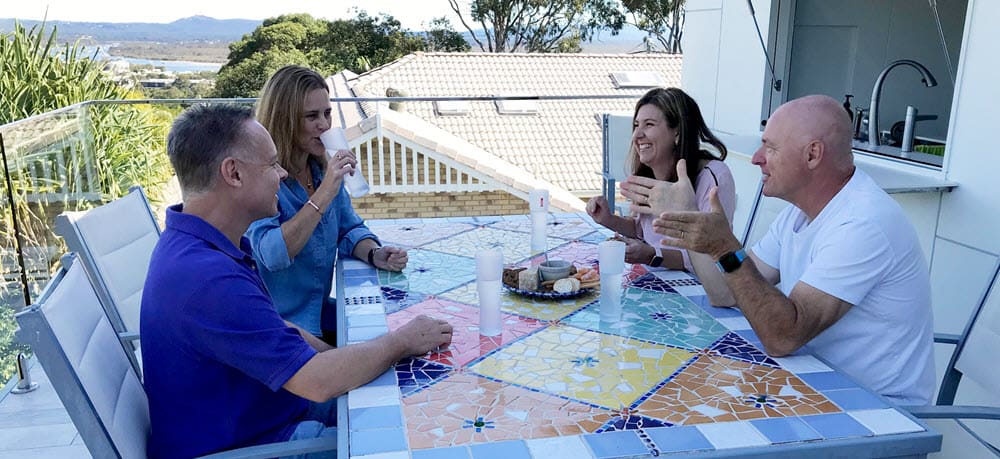How to Cope with Pullbacks and Giving Back Profits

Video – Nick Radge Answers a Member’s Question
Nick Radge discusses how to cope with pullbacks and giving back profits.
I get asked this question a lot: How do you cope with pullbacks and giving back profits?
Ronan asks; “do you reduce your risk immediately when you notice the market is starting to pull back?” He goes on to say, hypothetically, the market starts to retrace and you immediately sell 50% of your size on each company to cover what looks like to be a multi-day retracement?”
Well, the thing is, what kind of a trend are we looking to capture? What kind of a move are we looking to capture? So that’s the first question. We’re looking to capture short, sharp, quick movements and if that’s the case or you don’t want to get much of your profit back at all. If you’re looking to capture a longer term multi-month trend, which is predominantly what I do, then you need to give the market some room to move. The end of the day, it’s a balancing act.
This is the great balancing act of trading, giving the position room to move, yet not allowing profits to evaporate too much. It’s the key reason why I use a systematic approach. The reason is that I can code all my rules into a computer and I can see the various outcomes for each part of that strategy. So if I move the stop loss, I can see what impact that has on the return.
Trading Plan
We just had that question regarding the 10% trailing stop loss and growth portfolio. It’s a classic example. We can see precisely what it will do over the longer term and over a large sample. I said to Elton in my email response to him, what does your trading plan actually tell you to do? If you don’t have a trading plan, Well there’s your problem right there. And ideally what you want is a systematic trading plan where you can actually adjust the parameters and ask the question, what happens if I move my stock to break even after four days? What happens if I move my trailing stop from 15% to 5%? You can have those questions answered and you can then make an informed decision. So once you find your level of return and the risk that you can handle, then all you have to do is really execute, you don’t have to doubt.
Example:
Now saying that, not every single trade needs to be taken on its own. You can’t extrapolate one bad trade out to say, “Well, that’s what the complete sample looks like.” So to give you an example, the average profit give back for my Trade Long Term Premium Portfolio is 16% on the monthly signals and 11% on the weekly signals. Now that’s based over 20 years worth of trading data. However, there are times when that can blow right out and last year we saw that with Tesla. We had a massive run-up in Tesla. We were up well over 300%, but we only banked about 265% of that. Same thing’s going on with Moderna at the moment, although that trade’s not closed out, but we’re up a couple of hundred percent. We’re not up that now, we’re up about 150% or so and that’s just the way it is sometimes.
So we need to give the market room to move. Sometimes it works for us. Sometimes it works against us and that’s just part of the game. But the important thing is to have a trading plan that you’ve tested, follow the rules of that trading plan, don’t extrapolate a single trade to say, “Well, this is how it’s going to be all the time.” That’s not the case, but some good questions. It’s a difficult one to overcome. It takes time, takes practice, takes discipline, but ideally testing is really what gives you the edge with this.

